Some examples –
https://www.youtube.com/watch?v=Cn9cu02glVE
A playlist https://www.youtube.com/watch?v=RUMsB2hD_Yw&list=PLjYvRGqOtPoCsAUqB4b6w0pdXxtpyM6rR
- Aim to play 5 songs.
- Aim to change textures/activities used with each song. You will being to learn your child’s favourite songs & textures/activities (Textures: use hard or soft brushes, sponges, feathers, spoons & also your hands to do these actions: deep pressure rubs, strokes, gentle tickles, gentle or deep tapping).
- Cuddles: If your child lets you, wrap them tightly in a blanket for last song and have a cuddle. Adapt for your child’s preferences – if they only like one sing and one interaction with 1 object or with you take their lead.
- Pressures: use different pressures -again follow lead of your child: do they seem to like and respond most to deep pressure massage style with fast or slow tapping, or light, soft tickles or strokes. Maybe they like both in which case use the music to dictate wheat seems to ft best.
- Rhythm: speed up and down with the music, pause (and exaggerate anticipation) at gaps in the music to build anticipation for it to re-start.
Remember that this is to allow you child to communicate so pay close attention and recognise their non-verbal actions as communcations. Holding out a hand towards you may mean “I want the sponge on this hand now” , rolling over/away may mean “I want to stop” or “I’d like it on my back/front”, always interpret as best as possible, and what works one day may be different the next. Most of all enjoy and relax.
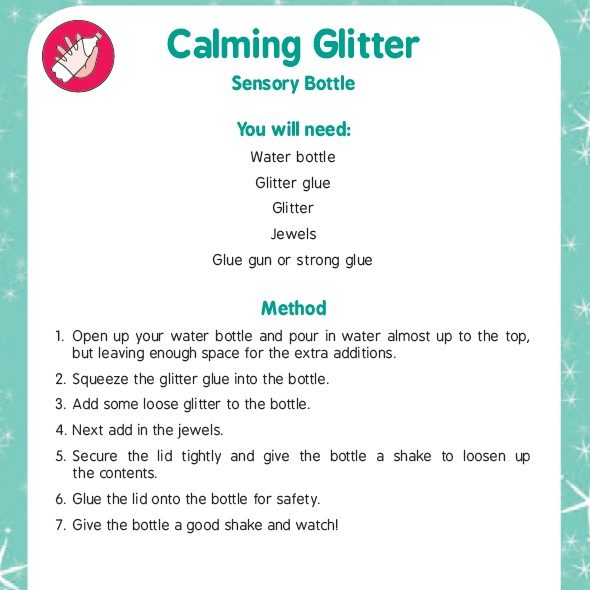

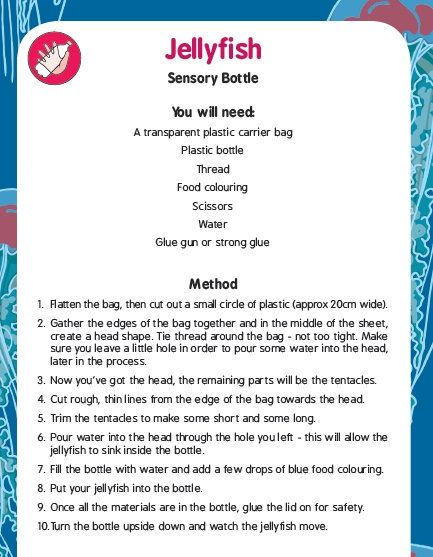
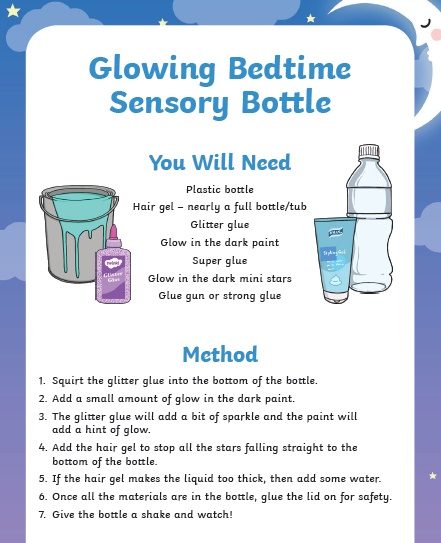


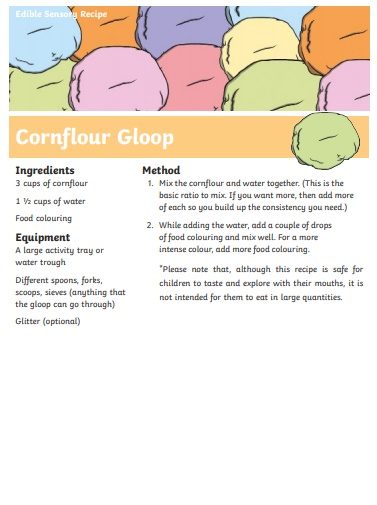

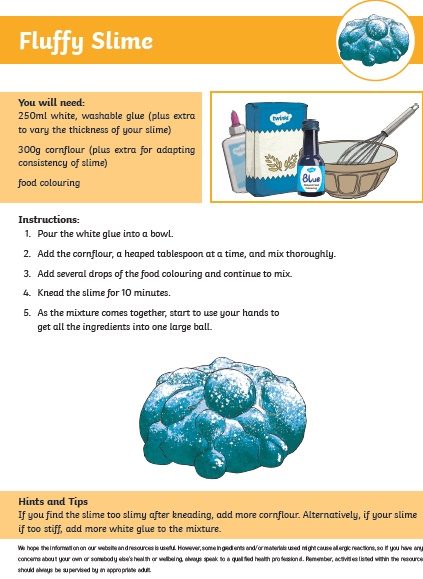

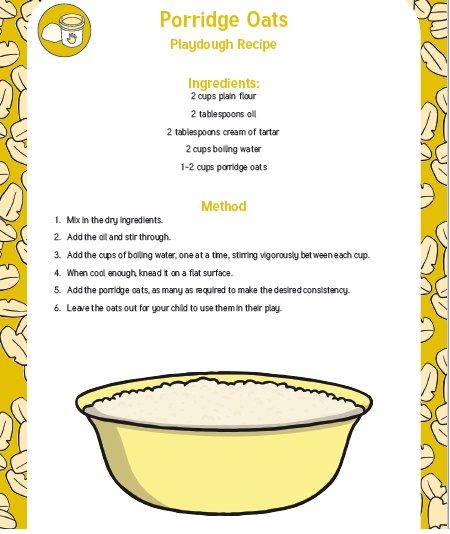
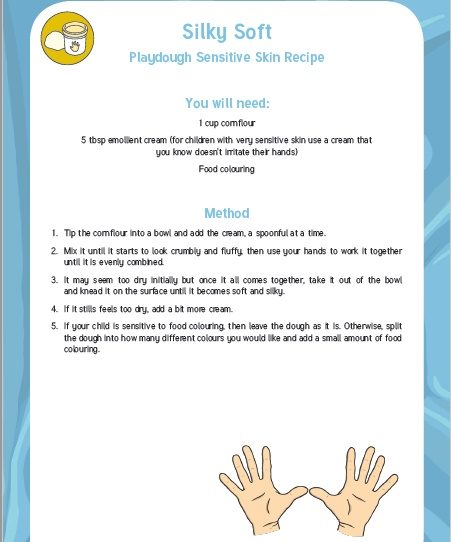

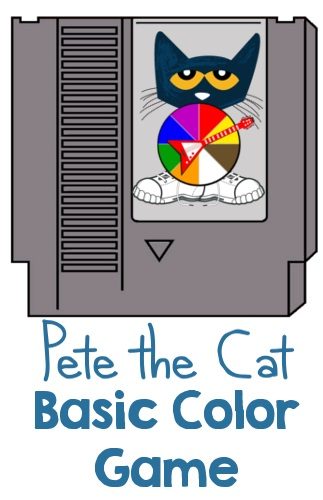
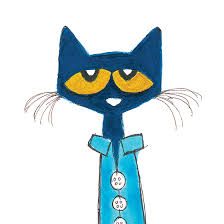
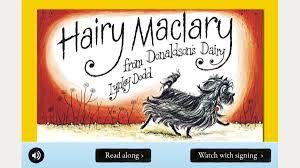
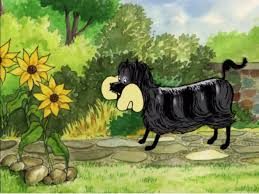 These are some animated videos of our favorite Hairy Maclary stories. Just click to view a collection of the stories.
These are some animated videos of our favorite Hairy Maclary stories. Just click to view a collection of the stories.